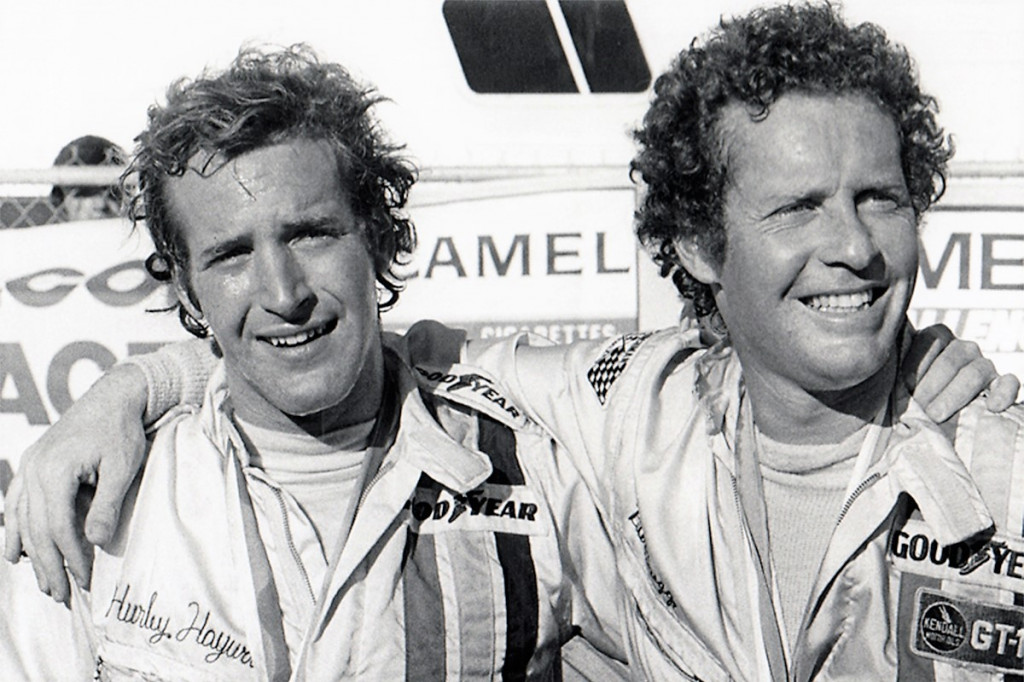Having cemented god-like status in the car tuning community, the Toyota Supra Mk4 is about a strong a statement as you can make at a car event. Here’s our quick-fire Supra buying and tuning guide.
With so much excitement and disappointment right now around the new A90 Supra, there’s been a natural resurgence in interest for the old A80/Mk4. Of course, for people like us this enthusiasm never went away – we love these things, stock or modded, UKDM or JDM, subtle-and-smooth or big-power-and-boisterous, we’re well into a nineties Supra.
At launch, the Toyota Supra Mk4 offered a pair of fresh new engines: the 3.0-litre 2JZ-GE straight-six offered 220bhp, while the twin-turbocharged 2JZ-GTE amped this up to 276bhp. For the export models, Toyota saw fit to pump up the adrenaline a little, adding bigger fuel injectors and smaller steel-wheeled turbos to produce a peak 326bhp – the holy grail for the UK buyer today is to find a genuine UK TT6; that is, a twin-turbo with a manual six-speed gearbox in full-fat UK spec. Not easy to achieve, but they do exist! (Giveaway details are that the UK models had a bonnet scoop and glass headlights instead of plastic).

In all markets, the turbo models had the option of the Getrag six-speeder while nat-asp cars made do with the W58 five-speed manual – although the GT nature of the car means that a lot of them were bought with four-speed automatic transmissions, which does rather dull the fun.

Turbos got 17-inch wheels while nat-asps had sixteens, and with either engine you could option a targa Aerotop. The SZ-R, available from 1994, had the option of bigger 4-pot brakes, as did the RZ from 1995 – this was also the year that Recaro seats arrived on the option list. A mild facelift in 1996 introduced Sport ABS and made dual airbags standard-equipment, along with revising gear ratios and equipping the RZ with an aluminium radiator. Turbo models from 1997 had VVT-I along with revised ‘REAS’ suspension, and automatics had Tiptronic gear selection added. The Aerotop was discontinued in 1999, and Supra production ended in July 2002.

Buyer Beware!
It’s pleasing to know that Supras are pretty bombproof. Just look out for age-related wear such as warping of the dash top, boot rubbers perishing, and yellowing of the headlights on JDM examples. Naturally, being a 1990s Japanese car, you need to check thoroughly for rust – as a rule, fresh imports are likely to be less rusty than older imports or UK cars. You should also be careful to check through the history, particularly as very few Supras on the market are factory-standard: if it’s been modified, ensure that it’s been done by competent people with quality parts. There was a time when you could pick up Supras for relative peanuts, and some have been ham-fistedly modded by people who saw The Fast and The Furious and thought ‘how hard can that be?’. And finally, keep in mind that imported cars will have a 112mph speed limiter – better to know that in advance, rather than embarrassingly headbutting into it at an inopportune moment. Oh, and of course the easiest way to spot a proper UK car is by its functional bonnet vent, glass headlights and headlamp washer ‘horns’.

Toyota Supra Mk4 Top 5 Mods
Exhaust – from £450 (backbox)
The 2JZ responds well to exhaust upgrades (particularly if you throw in a decat, and we reckon Supras only look proper with a huge drainpipe poking out the back! The Blitz Nur is popular.
blitz-uk.co.uk
Fuel Cut Defender – £116.40
An essential for modded turbo models, the FCD changes the airflow signal to the ECU to trick it into thinking it never sees more than 1 bar of boost, which is the point where the computer cuts the fuel supply as a safeguard. Speak to the guys at Turbosmart.
turbosmart.com
Single turbo – £various
If you’re chasing big power (and remember, the stock internals should be good for well over 500bhp), swapping to a big single turbo is always a strong option.
garagewhifbitz.co.uk
Intercooler – £349
A bigger front-mount intercooler is another must for turbo Supras – Japspeed are the experts here.
japspeed.co.uk
Brakes – From £1,099
The stock brakes are pretty damn good, but you’ll need them to be even better if you’re throwing more power in. K-Sport offer a great range.
ksport.co.uk








